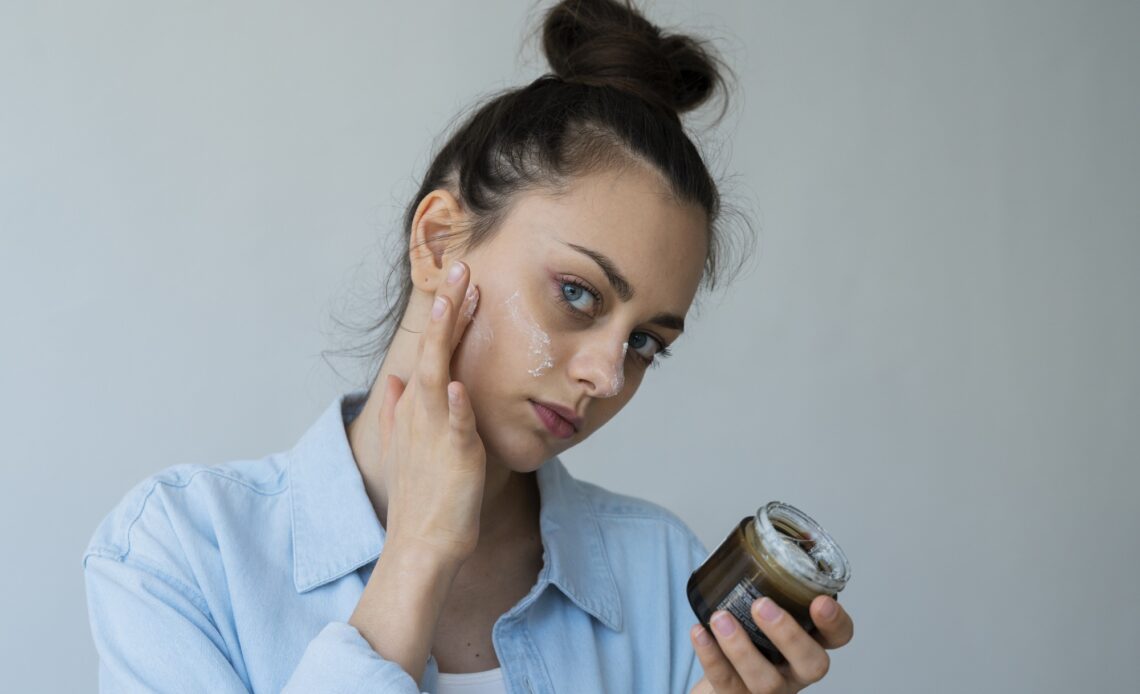What is Insulin Resistance?
Insulin resistance is a condition where the body’s cells become less responsive to the hormone insulin. Insulin, produced by the pancreas, plays a crucial role in helping cells absorb glucose from the bloodstream. When the body’s cells resist insulin’s effects, glucose cannot be efficiently absorbed, leading to elevated blood sugar levels. Over time, this inefficiency can progress to more severe metabolic disorders, including type 2 diabetes.
Lifestyle choices, such as diet and physical activity, play a significant role. Genetics and hormonal changes can also contribute to this condition. Understanding insulin resistance is vital, as early detection and intervention can prevent long-term health complications. By increasing awareness and educating yourself about this condition, you can take proactive steps to manage or even reverse its effects.
The Top 5 Skin Signs of Insulin Resistance
- Acanthosis Nigricans: This skin condition is characterized by dark, thickened patches that are often found in the creases and folds of the body. These patches are usually an early indicator of insulin resistance.
- Skin Tags: Skin tags are small, benign growths that can appear on the skin, often where there is friction, such as the neck, eyelids, and underarms.
- Hirsutism: Hirsutism involves the growth of dark, coarse hair in areas where women typically don’t have much hair, such as the face, chest, and back. It can be linked to insulin resistance, as it is often associated with polycystic ovary syndrome (PCOS), which frequently accompanies insulin resistance.
- Acne and Skin Infections: Insulin resistance can lead to hormonal imbalances that contribute to acne.
- Poor Wound Healing: Insulin resistance can impair circulation and immune function, resulting in slower healing of cuts, abrasions, and other skin injuries.
How Insulin Resistance Affects Your Skin?
Insulin resistance affects various bodily systems, including the skin. When insulin is ineffective in maintaining normal blood sugar levels, elevated insulin levels can stimulate skin cells to grow more rapidly, resulting in conditions like acanthosis nigricans and skin tags.
Additionally, insulin resistance can trigger hormonal imbalances, which may lead to increased oil production in the skin. This can result in acne breakouts. Furthermore, insulin resistance can impair the body’s ability to repair damaged skin, leading to delayed healing and increased vulnerability to skin infections.

To mitigate these effects, it is essential to address insulin resistance through lifestyle modifications and medical interventions. Improving insulin sensitivity can promote healthier skin, reduce the incidence of skin-related issue.
Other Symptoms and Health Risks Associated with Insulin Resistance
Beyond skin changes, insulin resistance can manifest in various other symptoms. Common signs include fatigue, hunger, and difficulty concentrating.
Moreover, insulin resistance is a precursor to several serious health conditions. If left unaddressed, it can lead to type 2 diabetes. It can also increase the risk of heart disease, hypertension, and certain types of cancer. Therefore, identifying and managing insulin resistance early is crucial for reducing the risk of these complications.
By adopting a healthier lifestyle and seeking medical advice when necessary, you can significantly reduce the associated health risks and improve your quality of life.
Diagnosing Insulin Resistance: Tests and Indicators
Diagnosing insulin resistance involves a combination of clinical evaluation and laboratory tests. Healthcare providers often begin with a physical examination, checking for signs such as skin changes, obesity, and high blood pressure.
Several laboratory tests can help confirm a diagnosis. The most common is the fasting blood sugar test. Another key test is the Hemoglobin A1c. The Oral Glucose Tolerance Test (OGTT) may also be used to measure how efficiently your body processes glucose.
In addition to these tests, the Homeostasis Model Assessment of Insulin Resistance (HOMA-IR) can estimate insulin resistance levels. This method uses fasting blood glucose and insulin levels to calculate insulin sensitivity.
Lifestyle Changes to Combat Insulin Resistance
Adopting a healthier lifestyle is one of the most effective strategies for combating insulin resistance. Regular physical activity can improve insulin sensitivity and help manage blood sugar levels. Aim for at least 150 minutes of moderate-intensity exercise per week.
Dietary modifications are equally important. Focus on consuming whole foods, such as vegetables, fruits, and whole grains. These foods can help stabilize blood sugar levels. Limiting intake of processed foods, sugary beverages, and excessive carbohydrates can also reduce insulin resistance.
In addition to diet and exercise, managing stress and prioritizing sleep are crucial components of a healthy lifestyle. Chronic stress and sleep deprivation can exacerbate insulin resistance.

Dietary Tips for Improving Insulin Sensitivity
Improving insulin sensitivity through diet involves focusing on nutrient-dense foods that support metabolic health. Here are some dietary tips to consider:
- Emphasize Fiber-Rich Foods: Incorporate plenty of vegetables, fruits, legumes, and whole grains into your diet.
- Choose Healthy Fats: Opt for sources of healthy fats, such as avocados, nuts, seeds, and olive oil.
- Limit Refined Carbohydrates: Reduce your intake of refined carbohydrates, such as white bread, pastries, and sugary snacks. Instead, choose complex carbohydrates like quinoa, brown rice, and sweet potatoes.
- Include Lean Proteins: Foods like chicken, fish, tofu, and legumes provide essential amino acids and can help maintain muscle mass, which is important for metabolic health.
- Stay Hydrated: Drink plenty of water throughout the day.
Following these guidelines can improve insulin processing and lower insulin resistance risks.
When to Seek Professional Help for Insulin Resistance
If you notice any signs of insulin resistance, such as unexplained weight gain, increased hunger, fatigue, or skin changes, it is advisable to consult a healthcare provider. Early intervention can prevent the progression to type 2 diabetes and other related conditions.
They may recommend lifestyle changes, medications, or further testing to monitor your condition. Regular check-ups and follow-up appointments can help track your progress and make necessary adjustments to your management plan.
Conclusion
Implementing lifestyle changes, such as regular exercise and a balanced diet, can significantly enhance insulin sensitivity and improve your overall well-being. If you suspect you have insulin resistance, consider seeking professional guidance to develop a personalized management plan. Early detection and intervention can make a substantial difference in your health outcomes.


